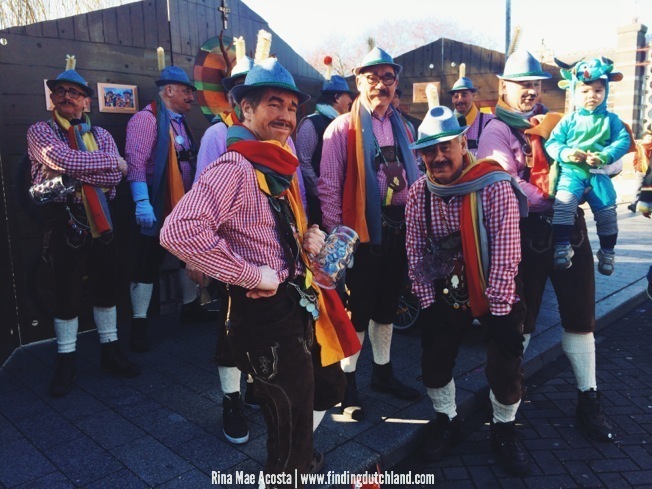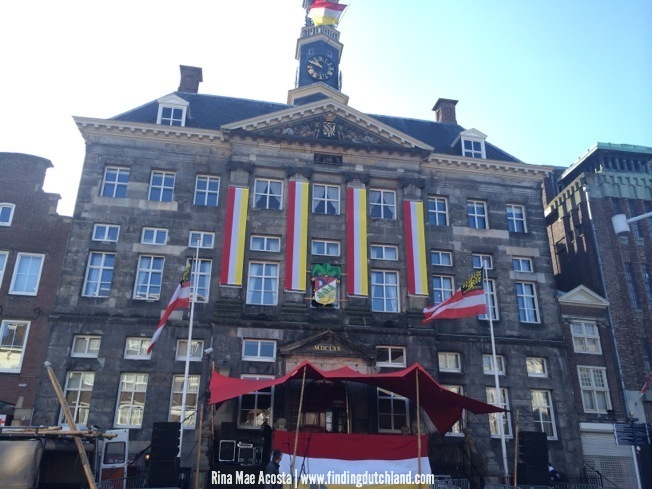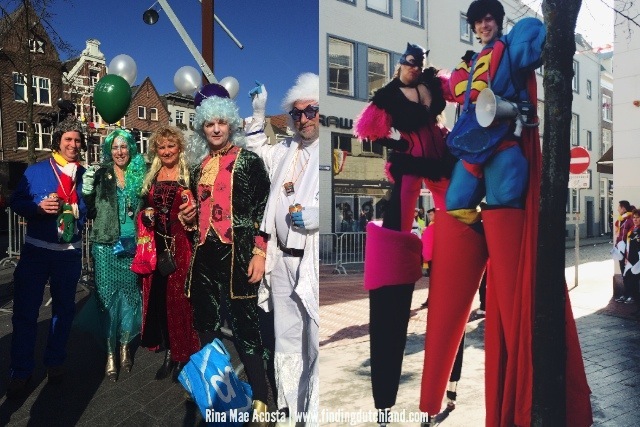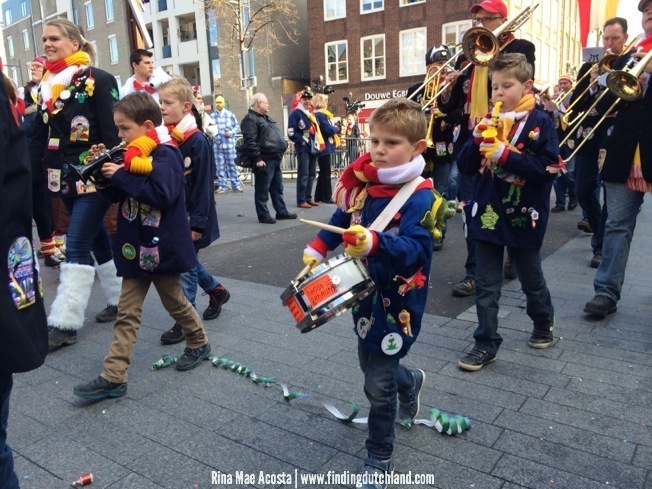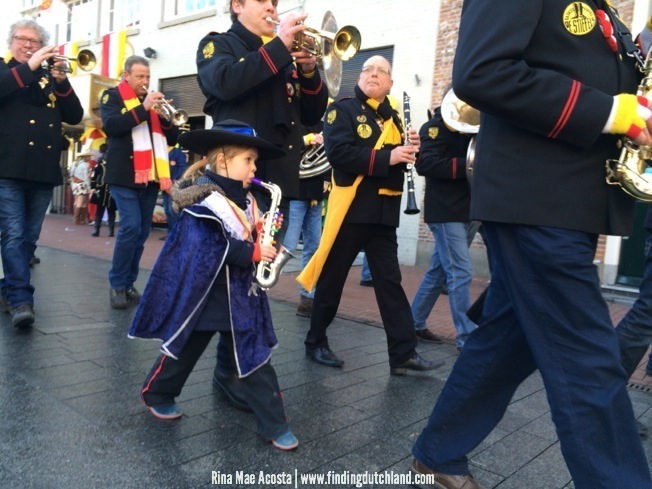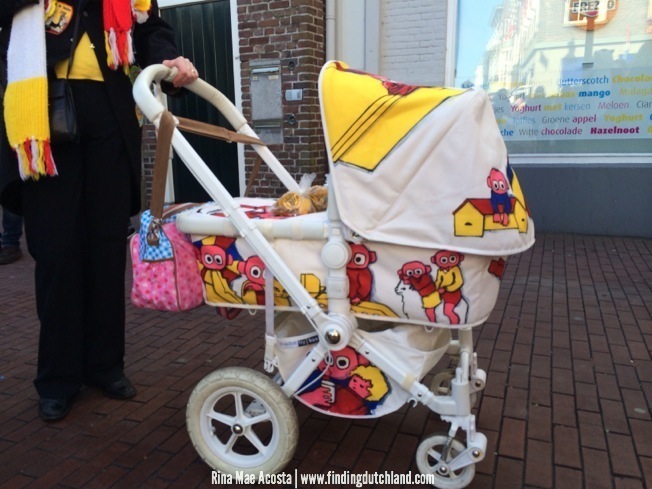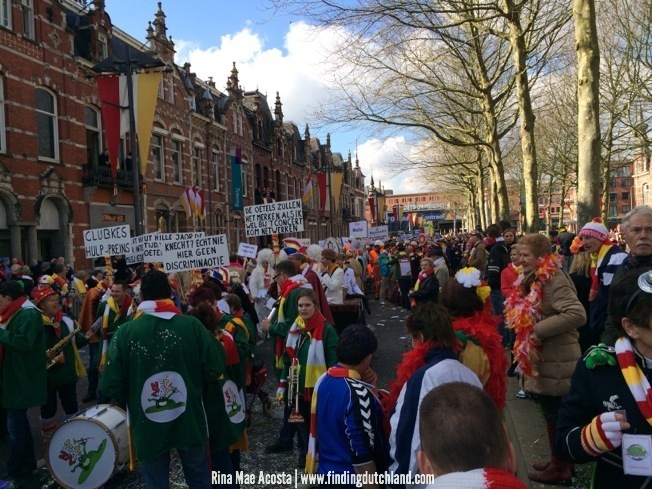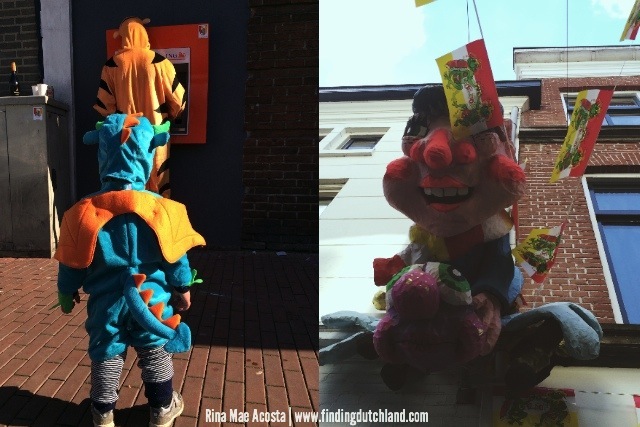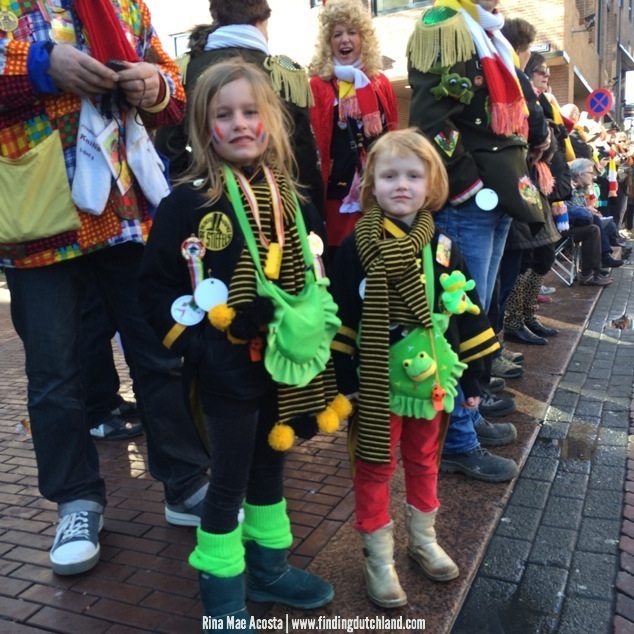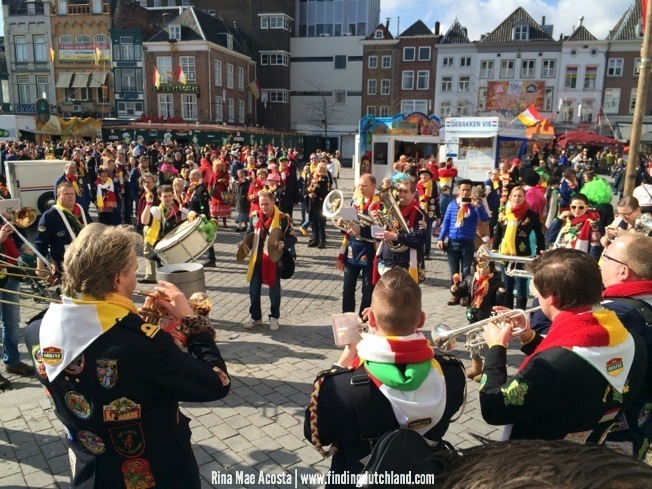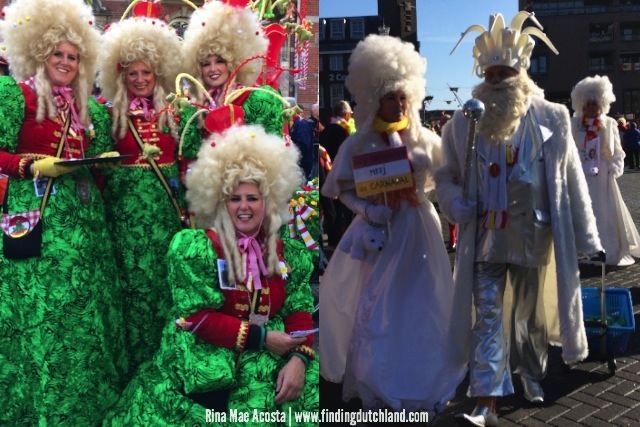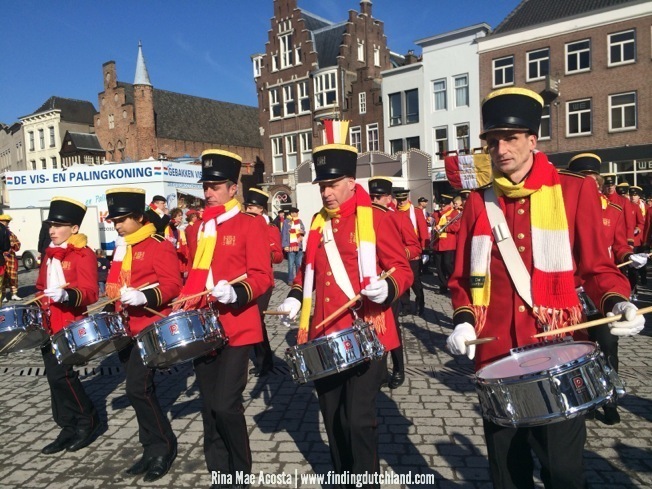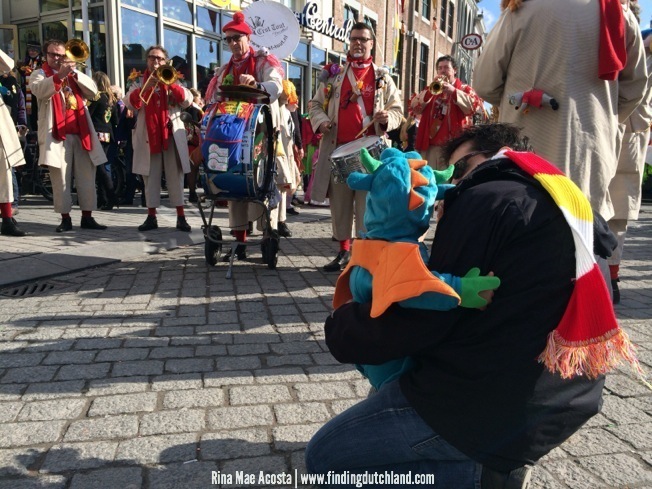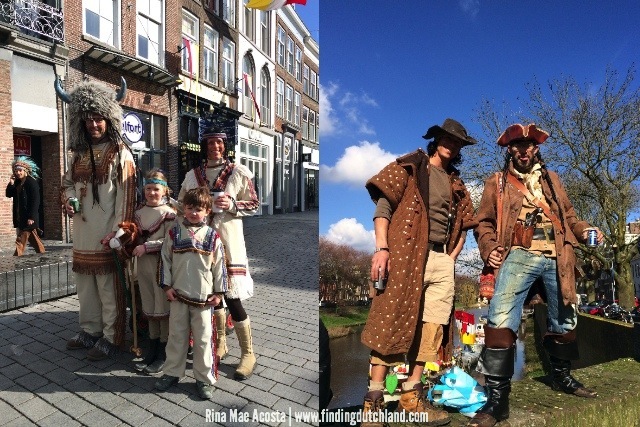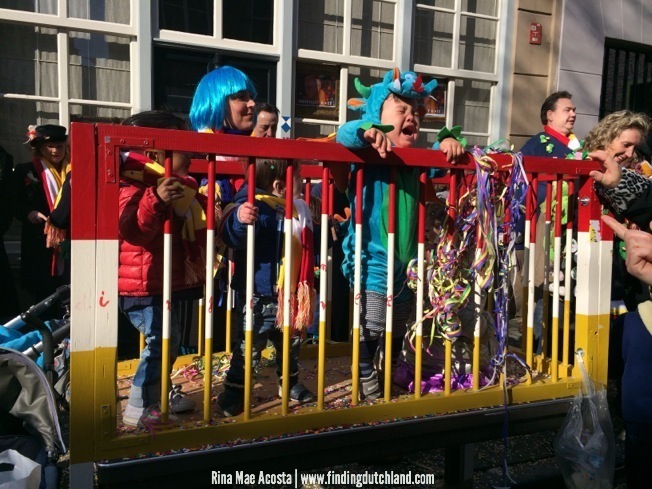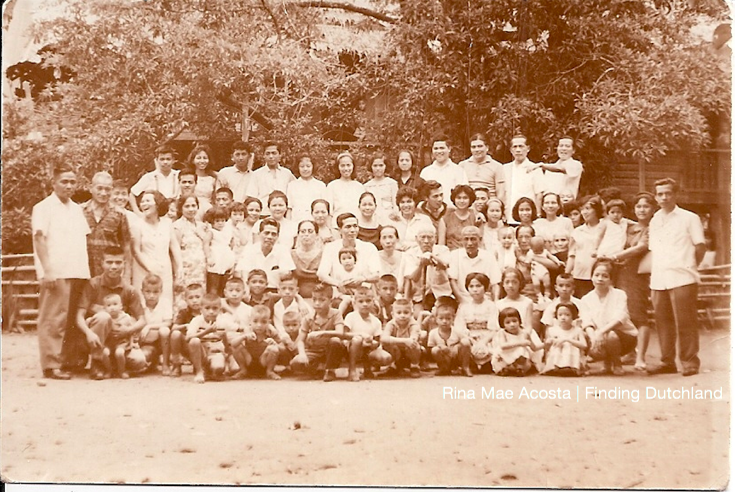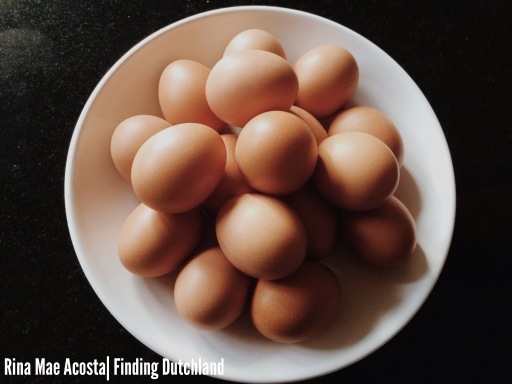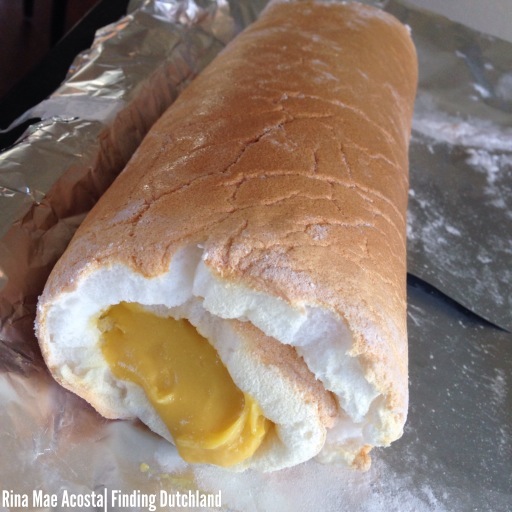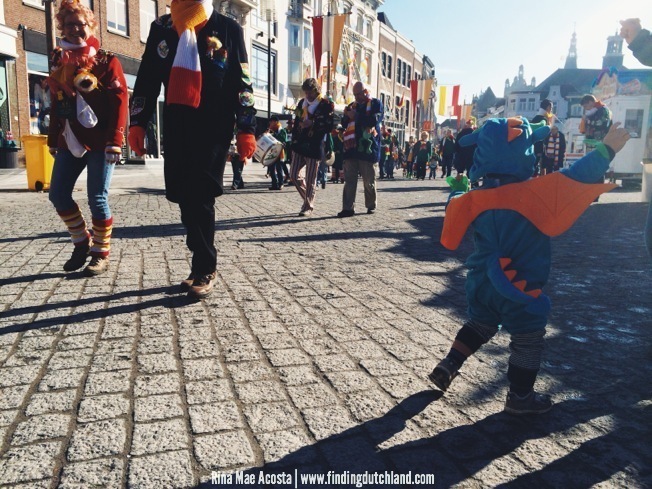
Everyone knows about Mardi Gras in New Orleans and Carnival in Rio de Janeiro, attracting a fair share of revelers and tourists from around the world. Other pre-lenten celebrations, especially in the provinces of Limburg and North Brabant in the Netherlands, remain fairly off the radar and arguably one of the best kept secrets in Europe.
In North Brabant’s Den Bosch (‘s-Hertogenbosch), the fortified medieval city is transformed into Oeteldonk for three days preceding Ash Wednesday. Oeteldonk was officially established in 1882 yet carnival has been celebrated for much longer. A city after a history lover’s own heart, the oldest-known Dutch Carnaval celebrations took place in Den Bosch with accounts dating back to 1385.
If there’s one phrase to describe Oeteldonk to visitors it would be: a family affair. This description might initially be met with skepticism given that pre-lenten celebrations are universally associated with debauchery, public intoxication, and youthful indiscretions. Yet upon closer examination, everyone- young and old- are welcomed with open arms.
The official start of Oeteldonk begins with the parade of Prins Amadeiro Ricosto di Carnavallo who in Dutch fashion arrives at the Oeteldonk Centraol train station. The procession follows with at a snail’s pace towards the center of the city where he would stand meet his loyal farmer subjects at the city hall. This is arguably the sweet spot for families – 11:11 am (11 being the magical number of carnival celebrations), before the notorious Dutch masses congregate and the intense merrymaking and alcohol-aided abandonment sure to follow.
The crowds lining the streets are enthusiastic but orderly. The atmosphere is nostalgic, familiar and collegial, resonating what small Dutch towns do best – gezelligheid (an untranslatable Dutch word that must be understood and learned from the heart, not from a dictionary).
What can one expect? Locals can be found dressed in Oeteldonk boerenkiel, a traditional blue jacket, decorated with merit badges for each Carnaval celebrated and donning red, white and yellow scarves in reverence to the Oeteldonk flag. Others choose to wear elaborate costumes and groups can often be seen wearing a theme – from Superheroes, Native Americans, Hippies, Disco Ball Attires, Pirates, Japanese Geishas, Pandas, and French Baroque costumes (my personal favorite). The beloved frog mascot, a symbol for the Oeteldonk marsh can be seen everywhere, especially in the most unexpected places.
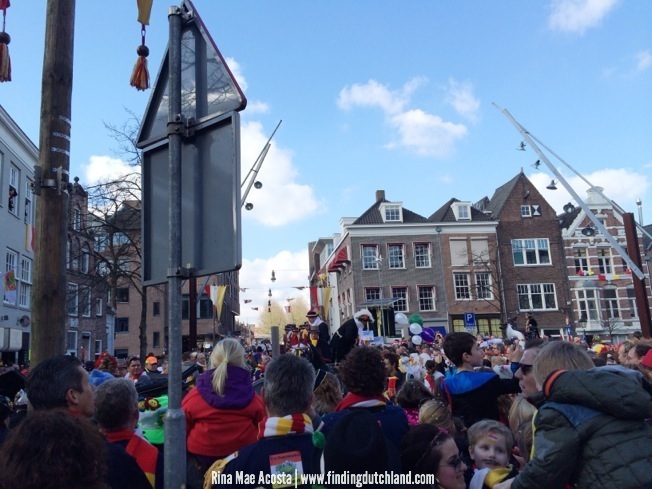
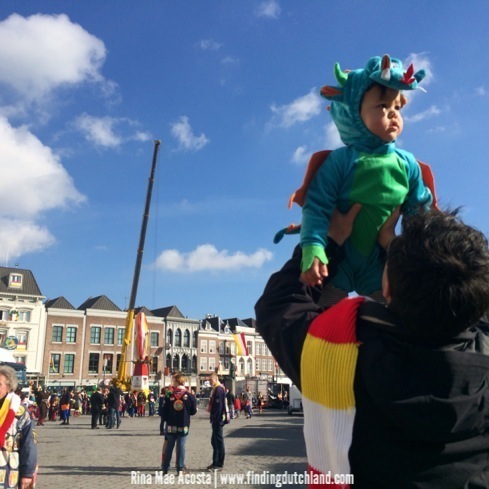
As local Margo from Brabants Bontje shares with me, “Oeteldank is a big theatrical production, for us where for three days we get to all be like children and play our special parts in a marvelous fantasy.”While definitely more subdued in comparison to Mardi Gras and Carnival, the Dutch still know how to celebrate carnival in style. And if there’s one thing that the Dutch do very well, it’s how to party. Oeteldonk is like Halloween, a town festival, royal coronation and high school homecoming all in one.
And perhaps the biggest surprise and most pleasant experience of all were all the different brass bands. In between the costumed crowds, marching bands from different local organizations blast their way through Oeteldonk volkslied (folksong) and revelers are encouraged to dance along unabashed.
After a few hours of requisite snapshots, enjoying the random music and eating Dutch treats such as herring sandwiches, french fries and Bossche bol, it was definitely time to go home. While we didn’t get to see Prins Amadeiro in the town square (he happened to still be stuck on the second bridge entering the city), we definitely had our cup full with Oeteldonk merriment. First-time outsiders like us -exhausted, intrigued and excited- started entertaining the idea of being better prepared for next year’s Dutch Carnaval celebrations, just like the locals.

